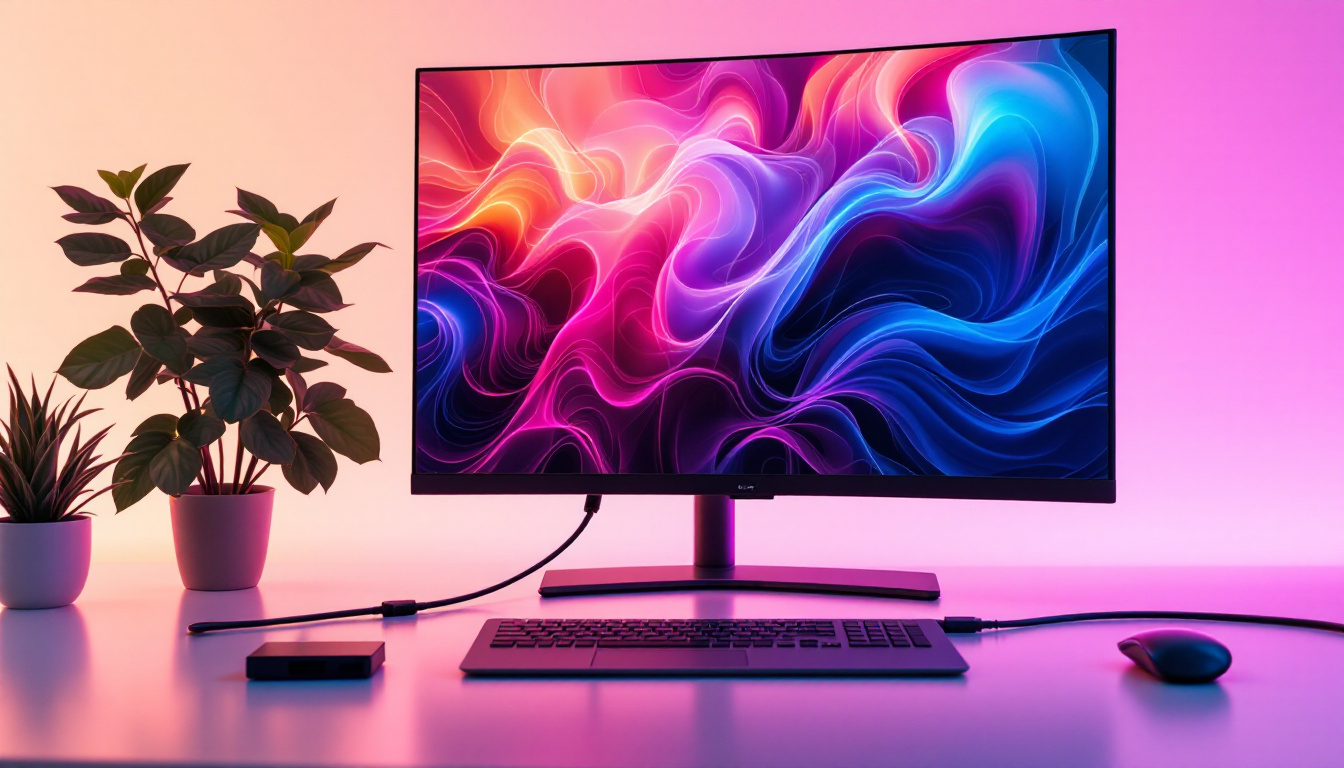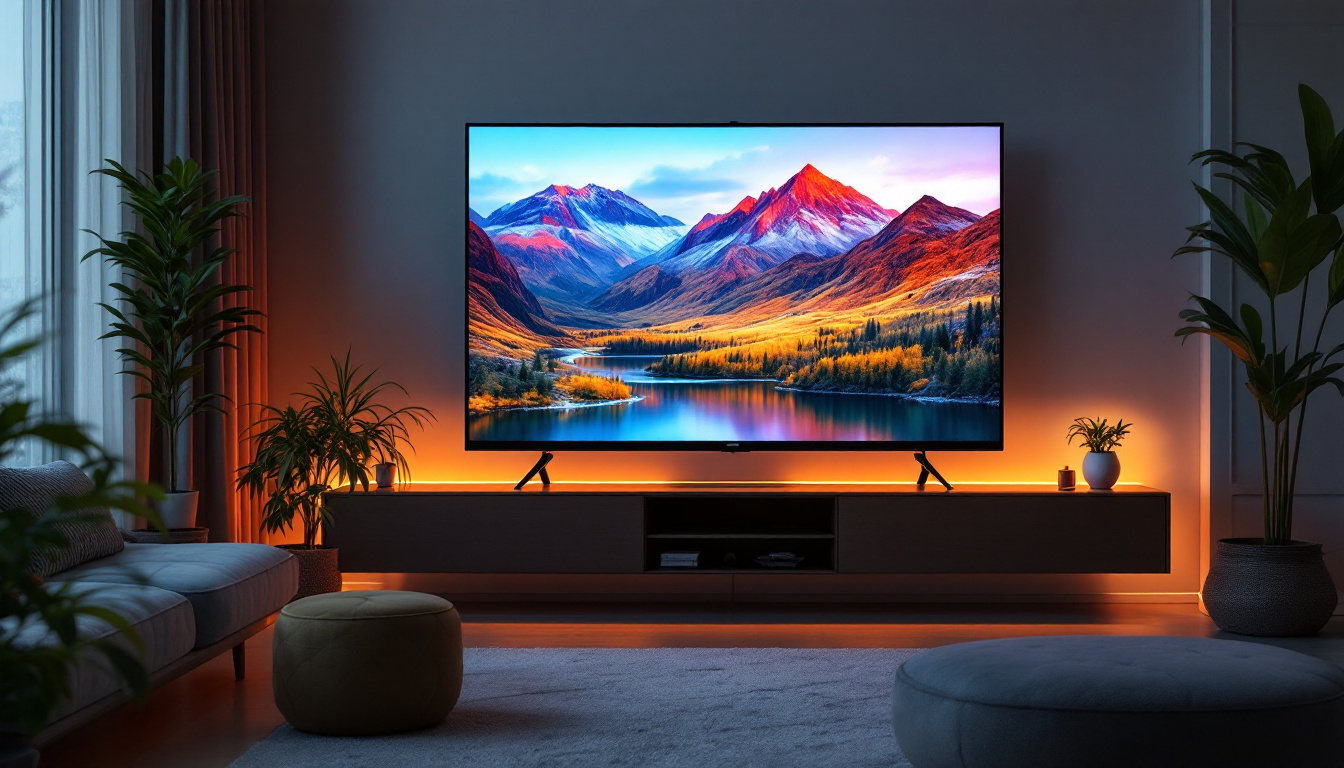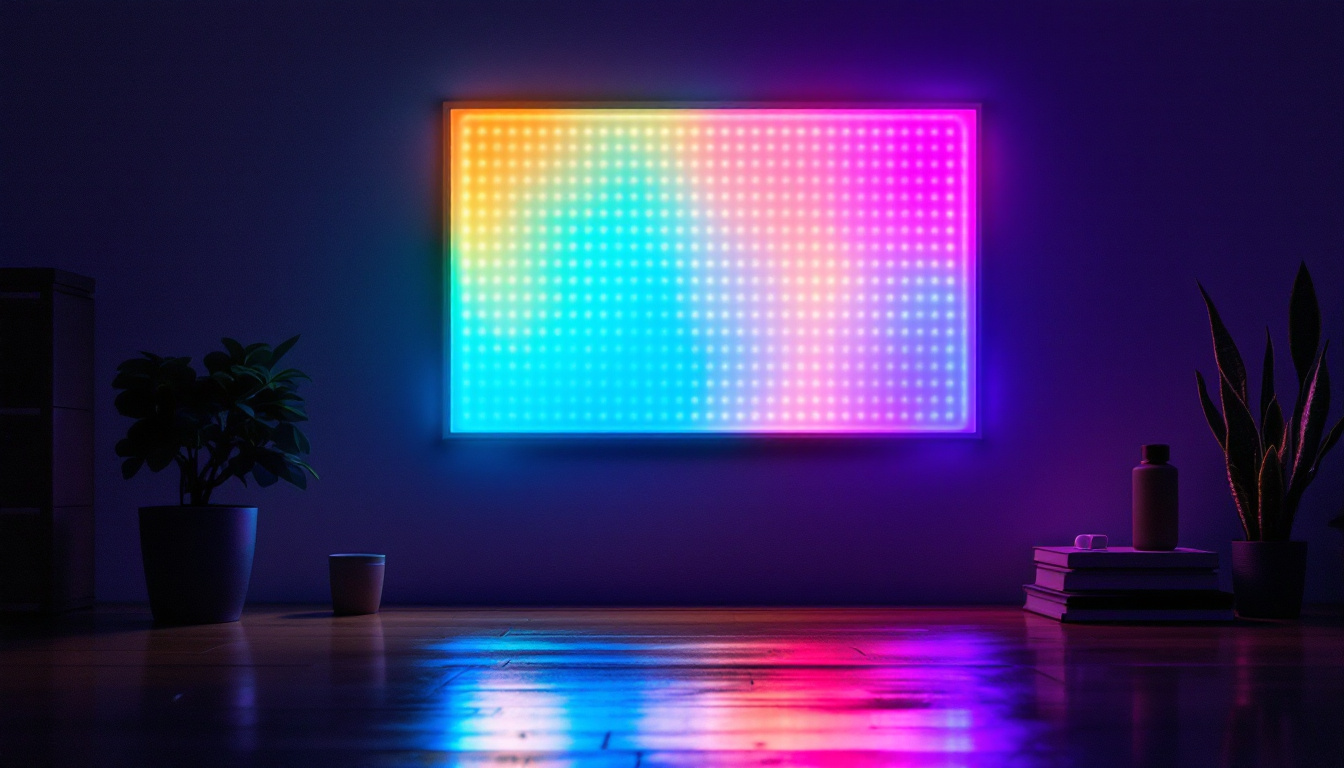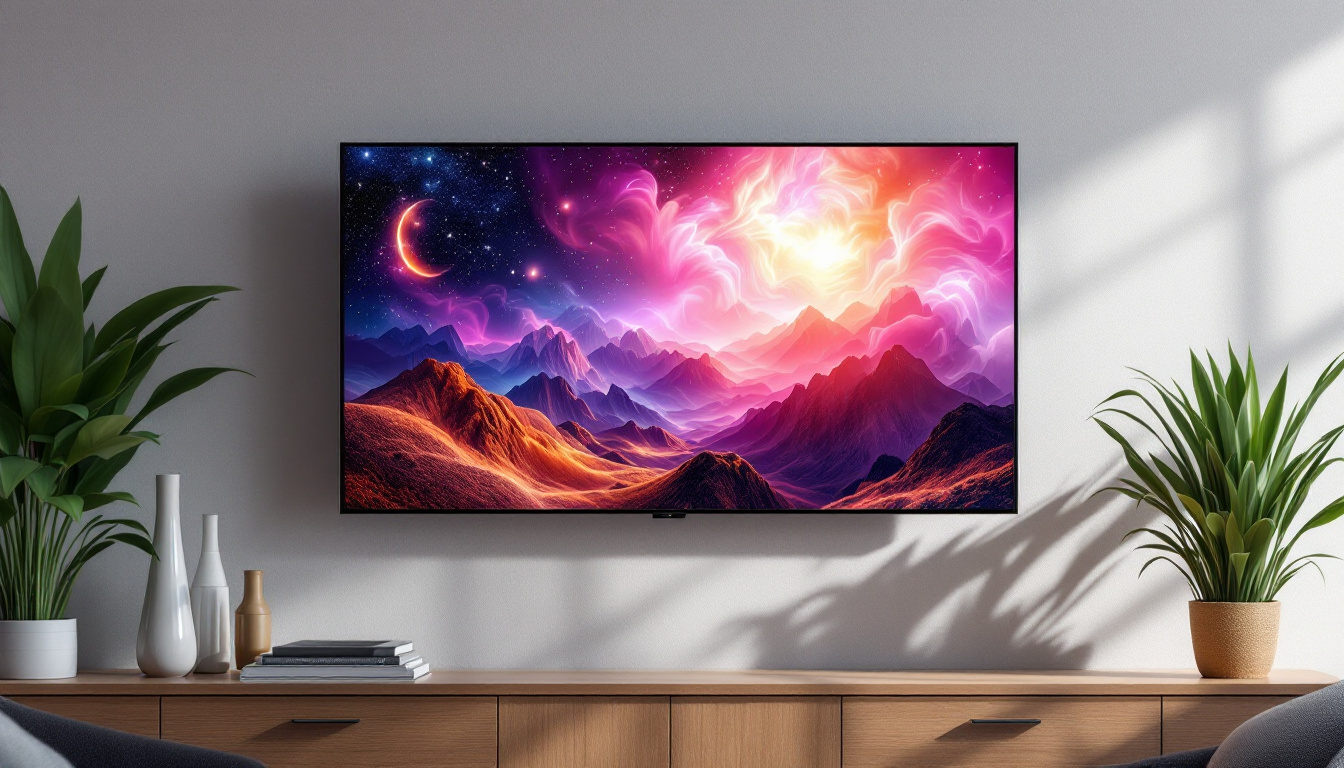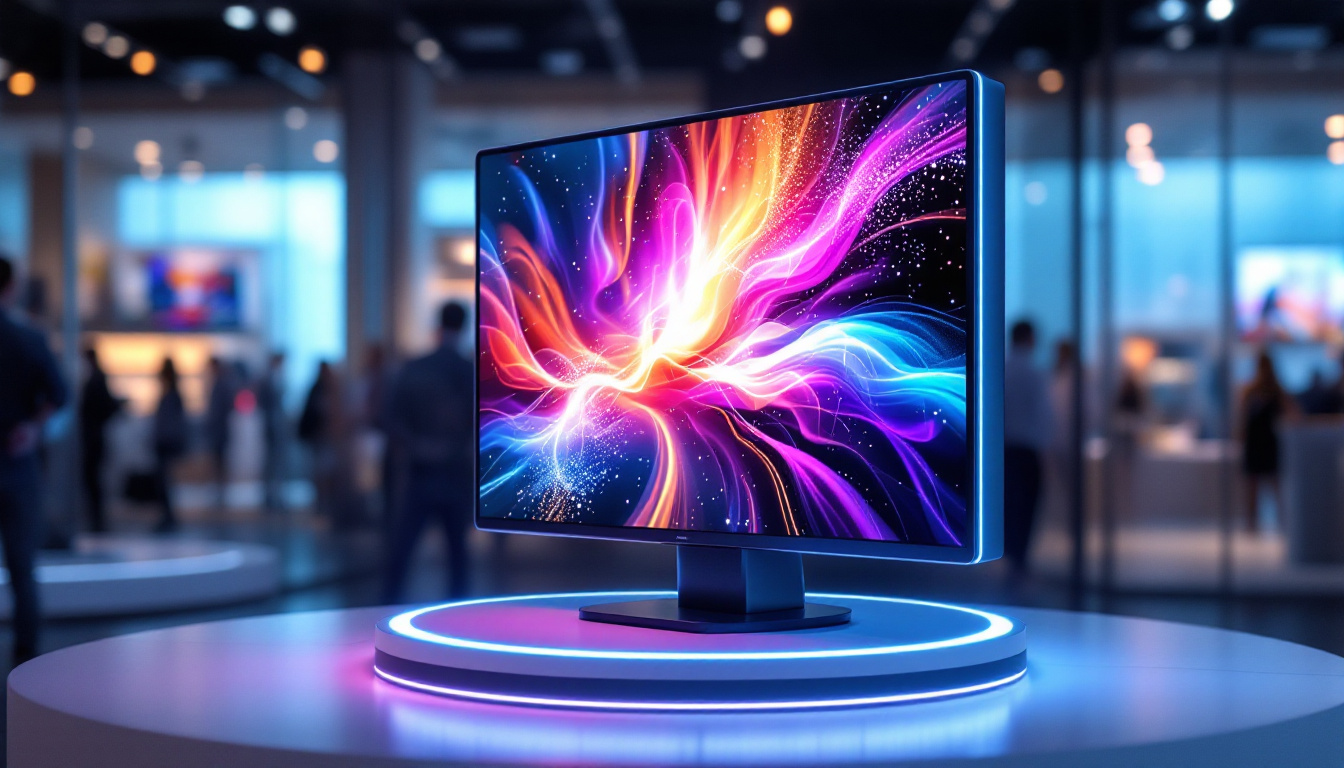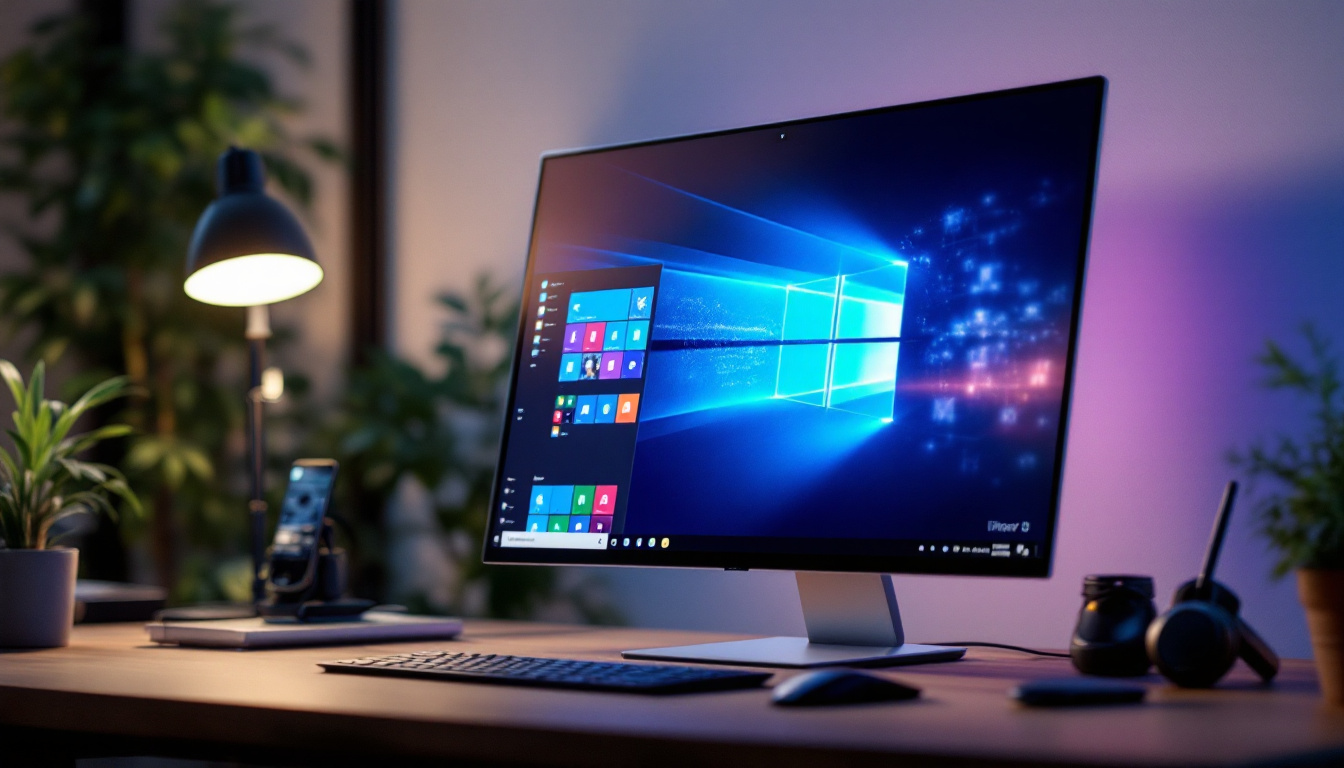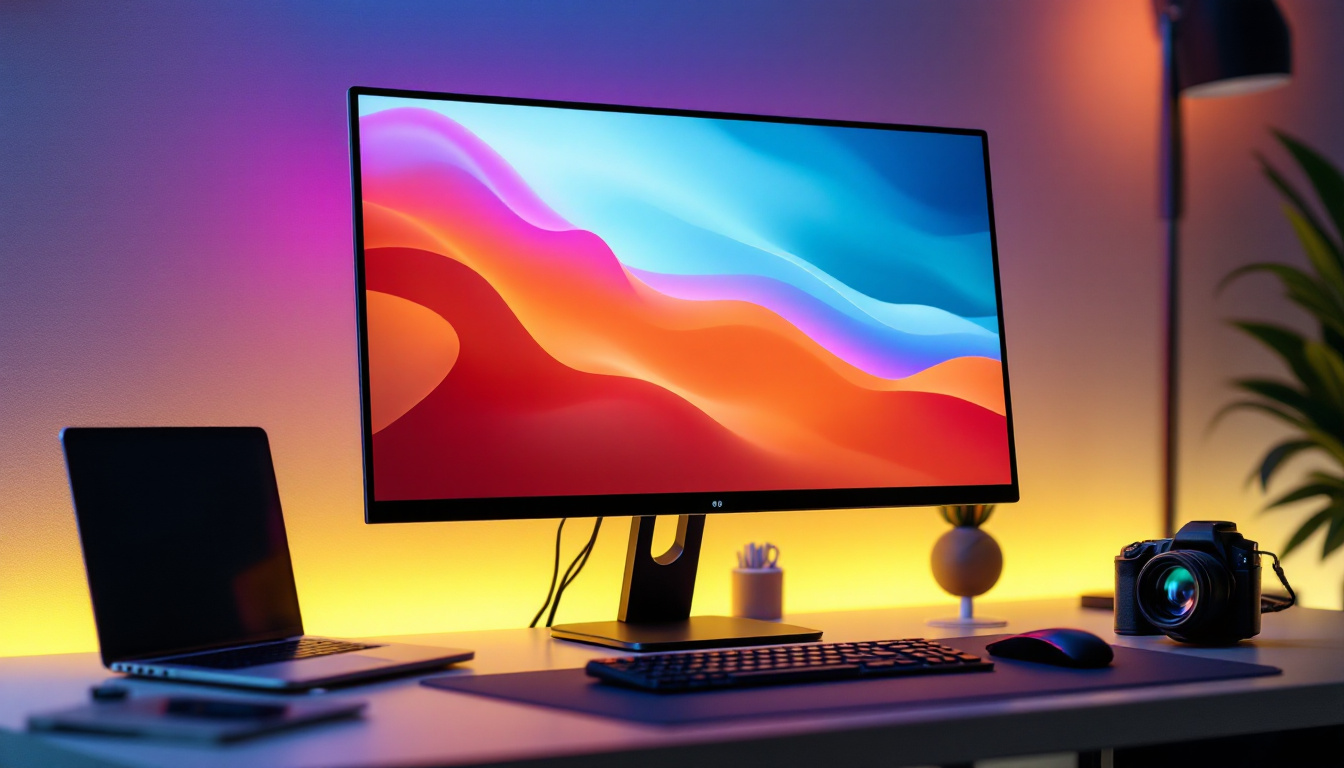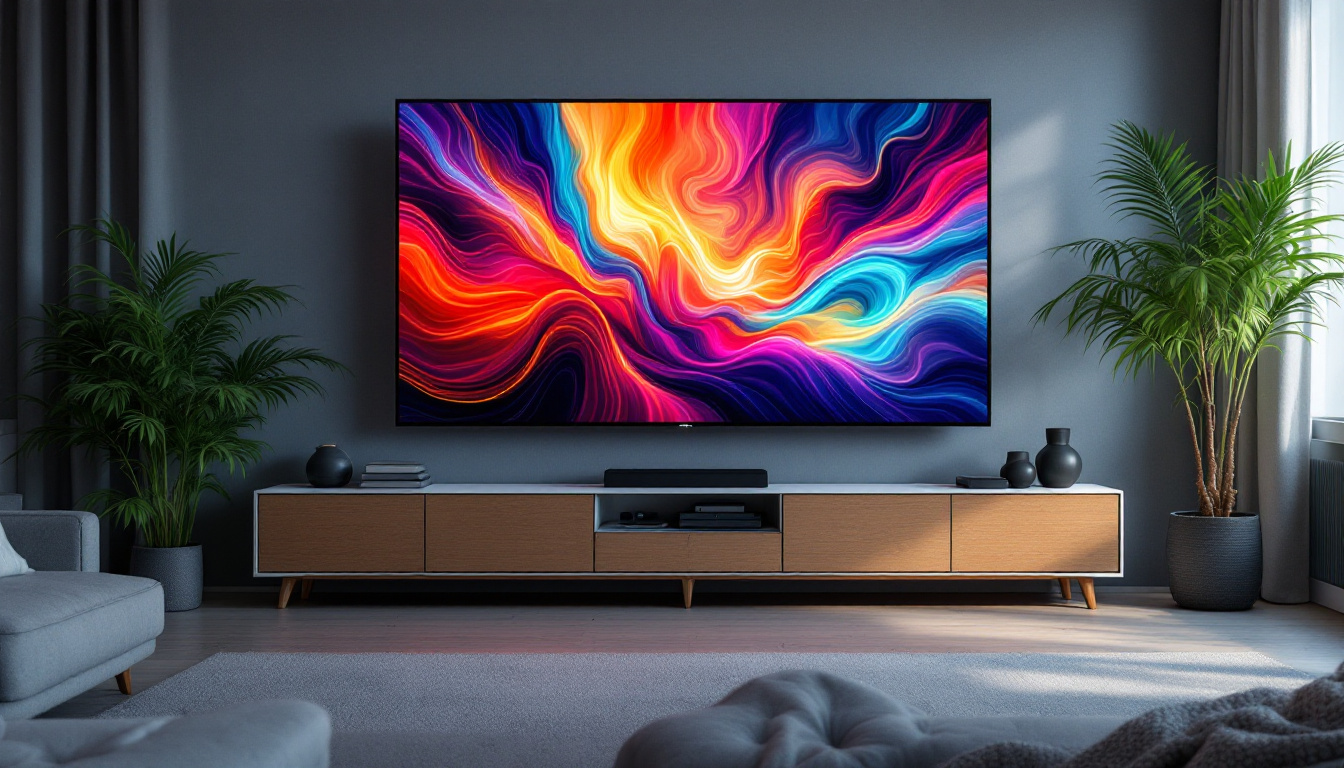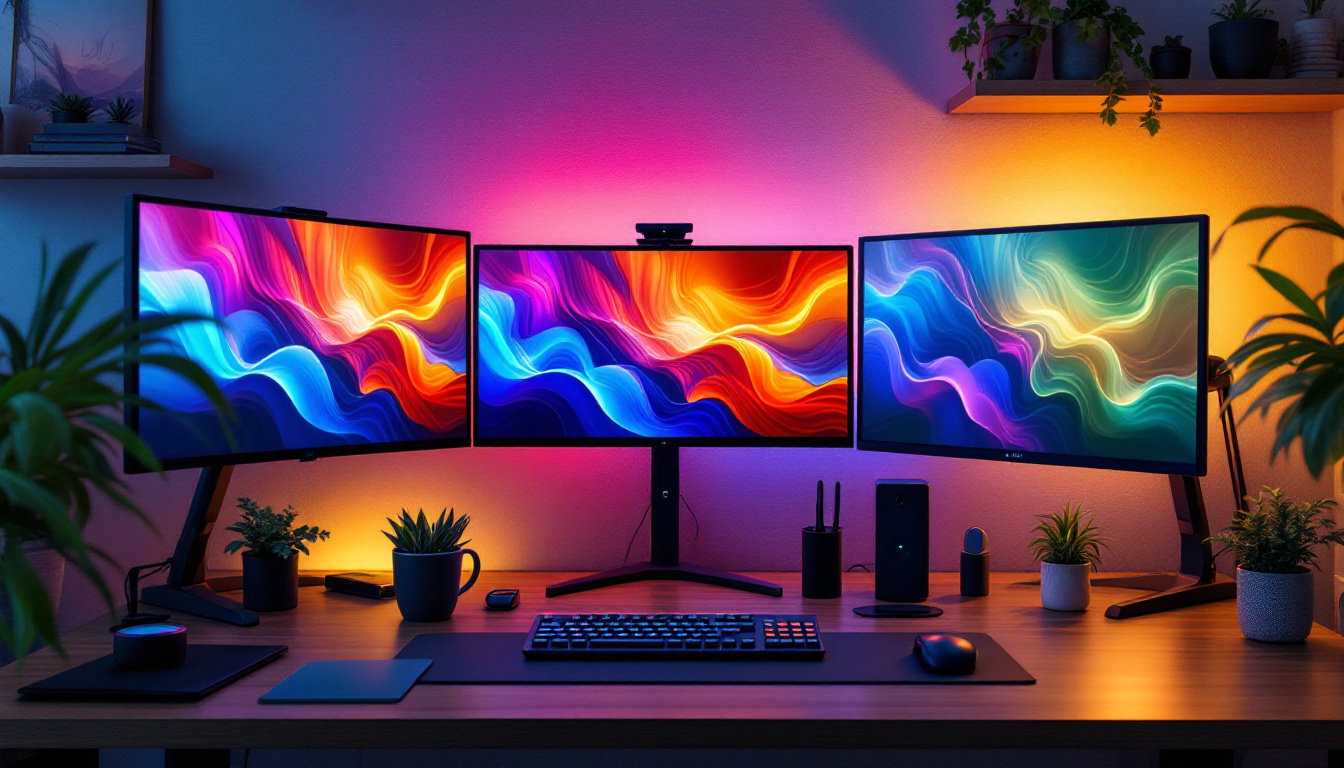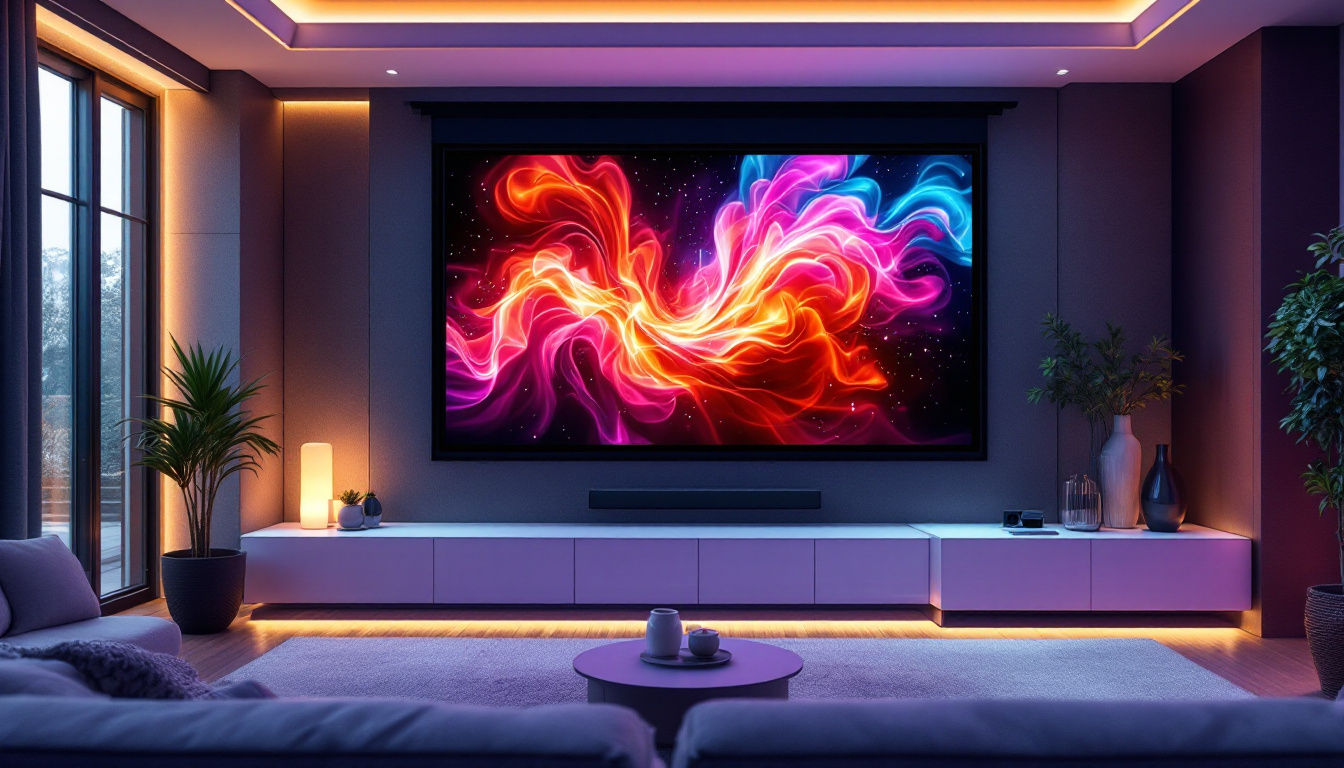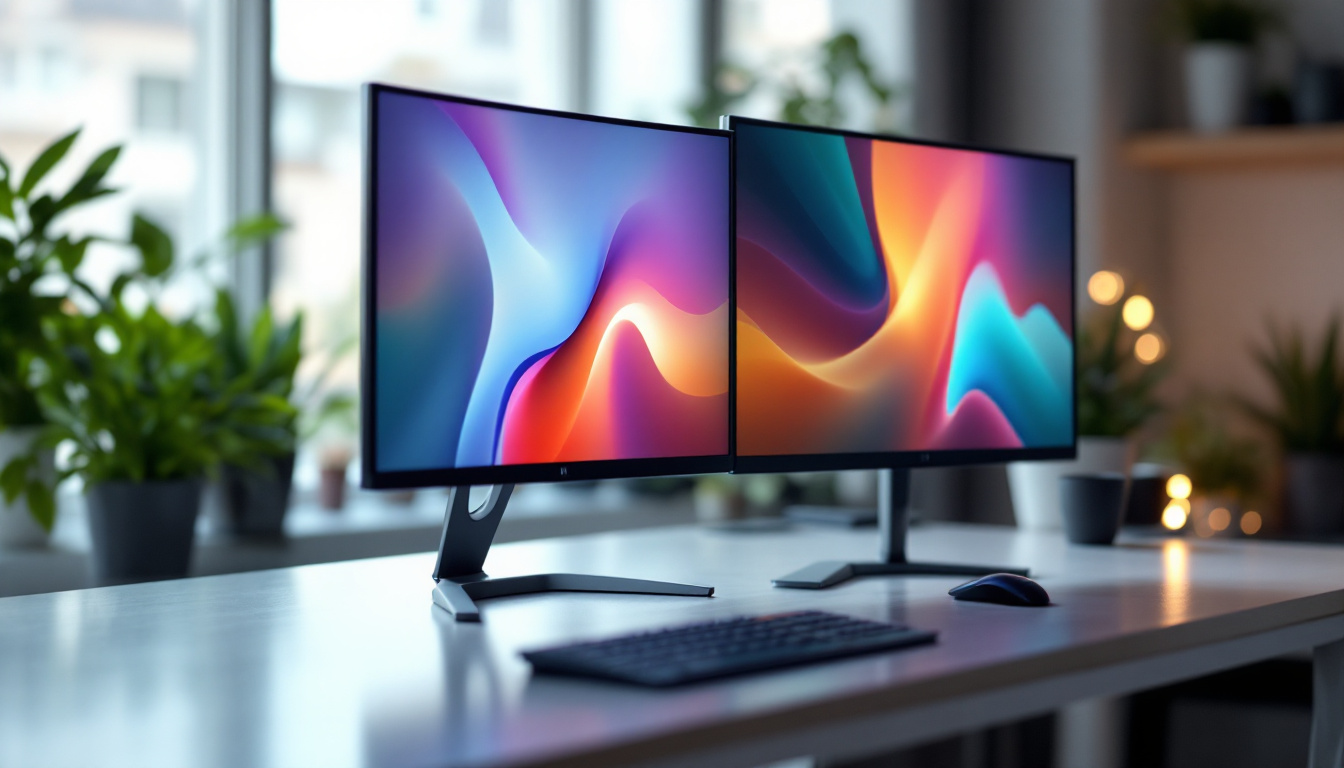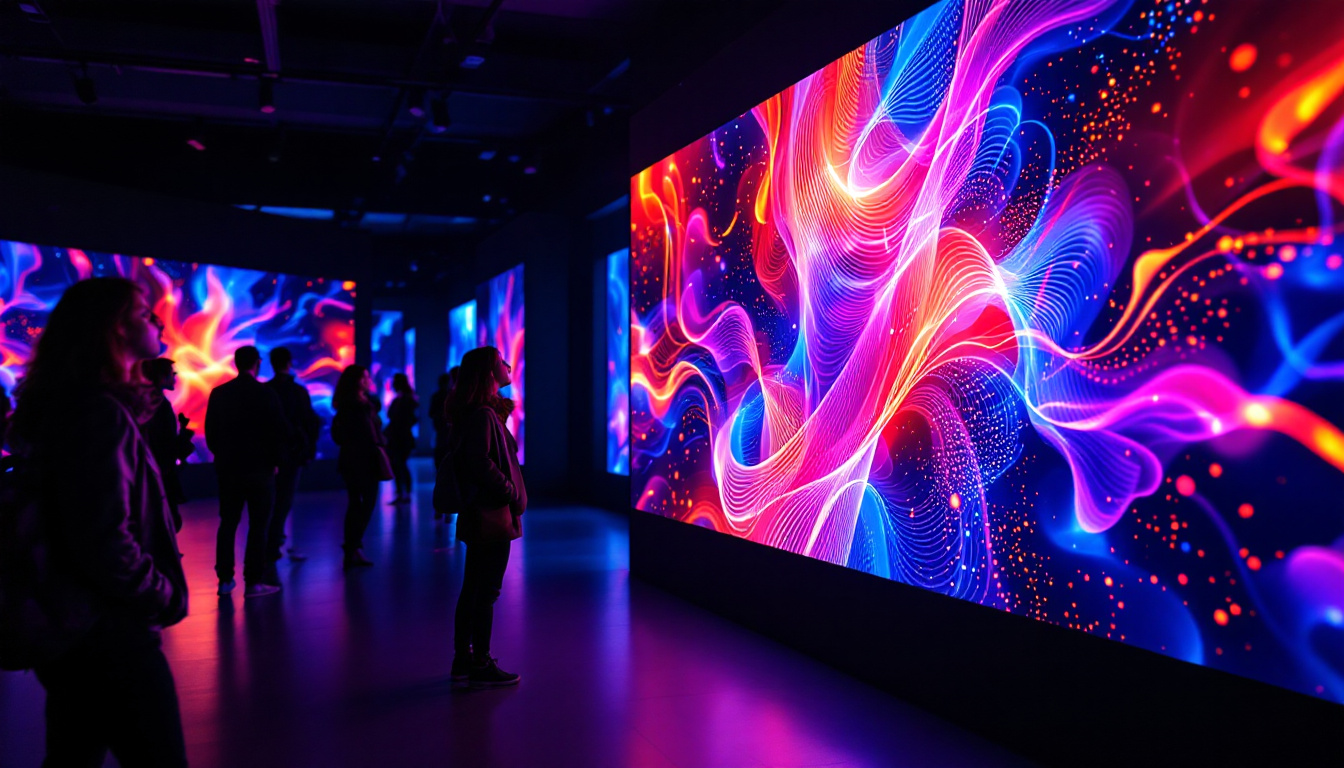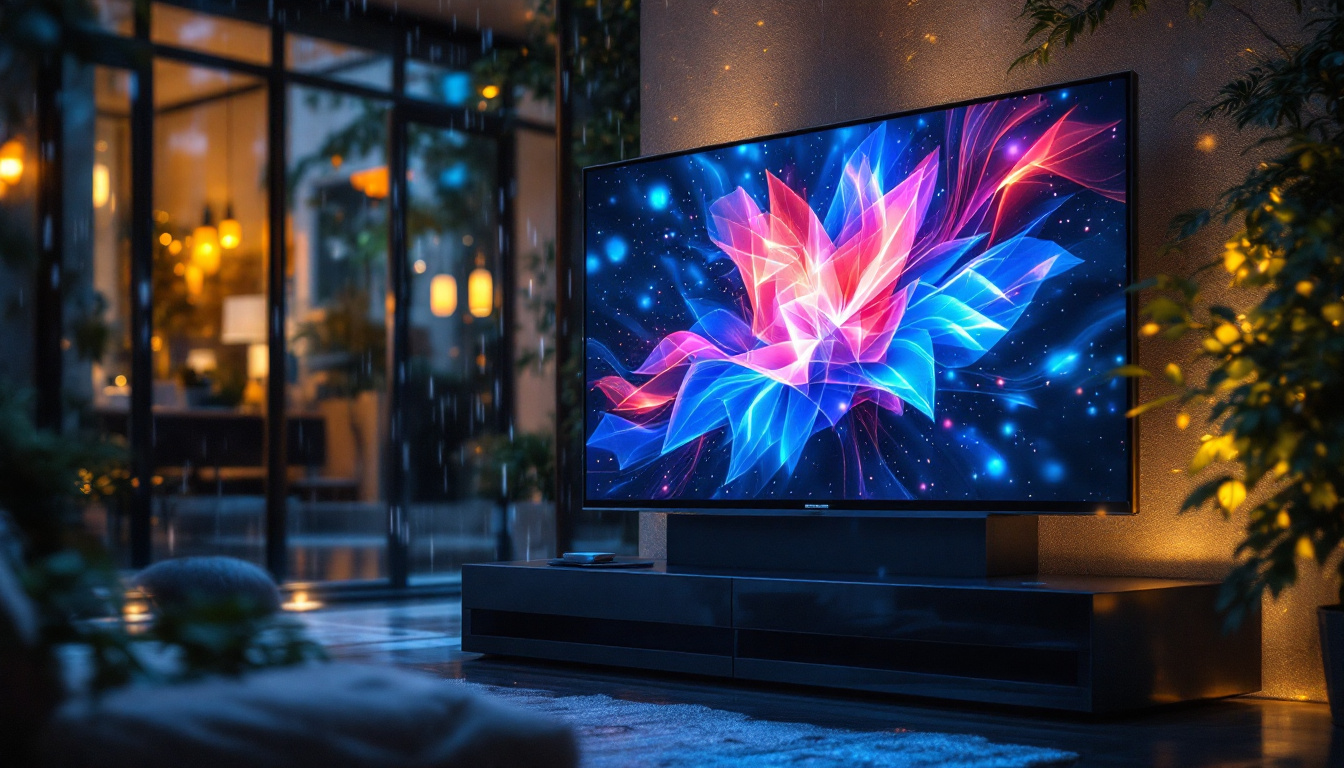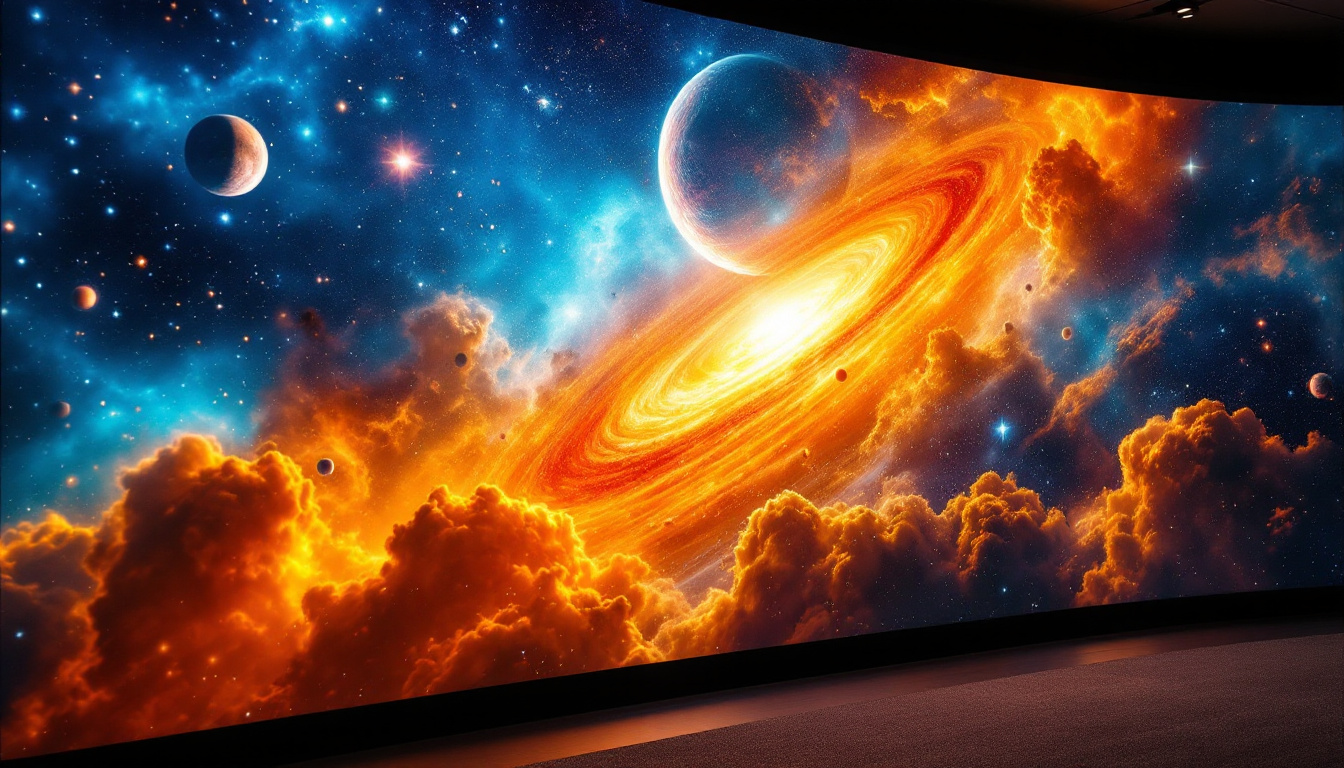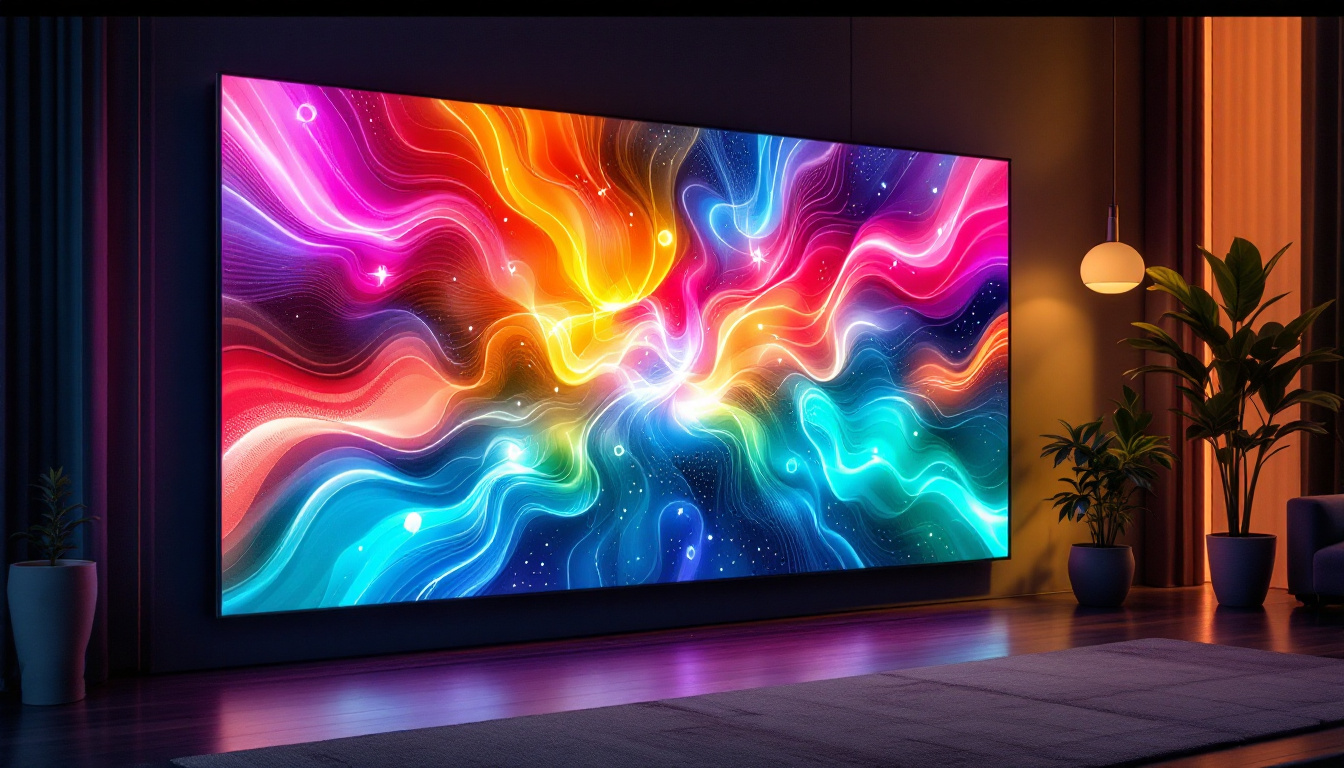In the ever-evolving world of display technology, the transition from HDMI to DisplayPort 2.1 represents a significant leap forward. As more users seek to optimize their visual experiences, understanding the intricacies of these connections becomes essential. This article delves into the nuances of HDMI and DisplayPort, particularly focusing on the capabilities of DisplayPort 2.1 and how it enhances LED display technology.
Understanding HDMI and DisplayPort
HDMI (High-Definition Multimedia Interface) and DisplayPort are two of the most common interfaces used for connecting devices such as computers, monitors, and televisions. Each has its unique features and advantages, making them suitable for different applications.
What is HDMI?
HDMI was introduced in 2003 and has since become the standard for transmitting high-definition video and audio. It supports various formats, including 4K and 8K resolutions, making it a popular choice for home entertainment systems. HDMI cables are widely available and are used in a plethora of devices, from gaming consoles to Blu-ray players.
One of the key advantages of HDMI is its ability to carry both video and audio signals through a single cable. This feature simplifies connections and reduces cable clutter, which is particularly beneficial in home theater setups. Furthermore, HDMI has evolved over the years, with newer versions supporting advanced features such as HDR (High Dynamic Range) and variable refresh rates. The inclusion of Consumer Electronics Control (CEC) allows users to control multiple HDMI-connected devices with a single remote, enhancing user convenience and streamlining the entertainment experience.
Moreover, HDMI’s widespread adoption means that it is compatible with a vast array of devices, making it a go-to choice for consumers. From smart TVs to laptops, the versatility of HDMI ensures that users can enjoy high-quality audio and video without the hassle of compatibility issues. Additionally, HDMI cables come in various lengths and types, including standard, mini, and micro, catering to different device requirements and setups.
What is DisplayPort?
DisplayPort, on the other hand, was developed by the VESA (Video Electronics Standards Association) and is primarily aimed at computer displays. It was first released in 2006 and has undergone several updates, with DisplayPort 2.1 being the latest iteration. DisplayPort is known for its versatility, supporting multiple display configurations and high refresh rates.
One of the standout features of DisplayPort is its ability to daisy-chain multiple monitors using a single connection. This capability is particularly useful for professionals who require multiple screens for enhanced productivity. Additionally, DisplayPort supports adaptive sync technologies, such as AMD FreeSync and NVIDIA G-Sync, which help eliminate screen tearing during gaming. This makes it a favored choice among gamers and graphic designers who demand high performance and fluid visuals.
Furthermore, DisplayPort also offers a unique feature called Multi-Stream Transport (MST), which allows users to connect several monitors in a series, significantly reducing the number of cables needed for a multi-monitor setup. This feature is particularly advantageous for users who work in fields such as video editing or programming, where multiple screens can greatly enhance workflow efficiency. With its ability to support high resolutions and refresh rates, DisplayPort has carved a niche for itself in the professional and gaming markets, making it an essential tool for those seeking top-tier display performance.
DisplayPort 2.1: A Game Changer
DisplayPort 2.1 represents a significant advancement over its predecessors, offering enhanced bandwidth and improved performance for modern displays. With a maximum bandwidth of 80 Gbps, it allows for higher resolutions and refresh rates, making it ideal for gamers and content creators alike.
Key Features of DisplayPort 2.1
One of the most notable features of DisplayPort 2.1 is its support for 8K resolution at 60Hz with HDR, as well as 4K resolution at 240Hz. This capability ensures that users can enjoy incredibly detailed visuals with smooth motion, which is crucial for gaming and professional applications. The higher refresh rates are particularly beneficial for fast-paced gaming genres, where every millisecond counts, providing a competitive edge to players.
Additionally, DisplayPort 2.1 introduces support for Display Stream Compression (DSC), which allows for lossless compression of video data. This technology enables users to achieve higher resolutions and refresh rates without sacrificing image quality. For instance, a single DisplayPort 2.1 connection can drive multiple 4K displays simultaneously, making it an excellent choice for multi-monitor setups. This is especially advantageous for professionals in fields like graphic design and video editing, where expansive screen real estate can enhance productivity and creativity.
Enhanced Audio Capabilities
In addition to video enhancements, DisplayPort 2.1 also improves audio capabilities. It supports up to 32 audio channels and can transmit audio formats such as Dolby Atmos and DTS:X. This feature allows for an immersive audio experience, making it suitable for both gaming and home theater applications. The ability to experience multi-dimensional sound can transform the way users interact with their media, creating a more engaging and lifelike atmosphere.
The ability to transmit high-quality audio alongside video through a single cable further simplifies setups and enhances user convenience. This is particularly beneficial for those who prioritize both visual and auditory experiences in their entertainment systems. Moreover, the integration of advanced audio technologies means that users can enjoy features like object-based audio, which allows sound to be placed and moved anywhere in a three-dimensional space, further enriching the overall viewing experience. As a result, DisplayPort 2.1 not only caters to the visual demands of modern content but also elevates the auditory experience to match, making it a comprehensive solution for high-end multimedia consumption.
Why Choose HDMI to DisplayPort 2.1?
As technology continues to advance, many users find themselves needing to connect devices that utilize different interfaces. This is where HDMI to DisplayPort 2.1 adapters come into play. These adapters allow users to connect HDMI sources, such as laptops or gaming consoles, to DisplayPort displays, ensuring compatibility and maximizing performance.
Benefits of Using an HDMI to DisplayPort 2.1 Adapter
One of the primary benefits of using an HDMI to DisplayPort 2.1 adapter is the ability to take advantage of the enhanced features offered by DisplayPort 2.1. For example, users can enjoy higher resolutions and refresh rates that may not be supported by their HDMI output. This is particularly advantageous for gamers who want to achieve the best possible performance from their systems.
Moreover, these adapters often support features such as HDR and variable refresh rates, allowing users to enjoy a more immersive visual experience. This compatibility ensures that users can maximize the capabilities of their displays, regardless of the source device.
Considerations When Choosing an Adapter
When selecting an HDMI to DisplayPort 2.1 adapter, it is essential to consider several factors. First and foremost, ensure that the adapter supports the specific resolutions and refresh rates required for your setup. Not all adapters are created equal, and some may have limitations that could hinder performance.
Additionally, check for compatibility with features such as HDR and audio formats. A high-quality adapter will ensure that users can fully utilize the capabilities of both their source device and display. Reading reviews and seeking recommendations can also help in making an informed decision.
LED Displays and Their Compatibility with DisplayPort 2.1
LED displays have become increasingly popular due to their vibrant colors and energy efficiency. As more manufacturers adopt DisplayPort 2.1 technology, understanding how these displays interact with this interface is crucial for users looking to upgrade their visual setups.
The Advantages of LED Displays
LED displays offer several advantages over traditional LCDs, including improved brightness, contrast, and color accuracy. These features make them ideal for a wide range of applications, from gaming to professional design work. With the introduction of DisplayPort 2.1, users can fully leverage the capabilities of LED technology.
One of the significant benefits of using DisplayPort 2.1 with LED displays is the ability to achieve higher refresh rates and resolutions. This is particularly important for gamers who require smooth motion and minimal input lag. Additionally, the support for HDR allows users to experience more lifelike visuals with a broader range of colors and contrast.
Choosing the Right LED Display
When selecting an LED display compatible with DisplayPort 2.1, consider factors such as resolution, refresh rate, and panel technology. Displays with higher resolutions, such as 4K or 8K, will provide a more detailed image, while higher refresh rates contribute to smoother motion during fast-paced scenes.
Furthermore, look for displays that support HDR to take advantage of the enhanced color and contrast capabilities offered by DisplayPort 2.1. Reading specifications and reviews can help users identify displays that meet their needs and preferences.
Conclusion
The transition from HDMI to DisplayPort 2.1 marks a significant advancement in display technology, offering users enhanced performance and capabilities. With its support for higher resolutions, refresh rates, and improved audio features, DisplayPort 2.1 is poised to become the preferred choice for gamers, content creators, and anyone seeking an exceptional visual experience.
By utilizing HDMI to DisplayPort 2.1 adapters, users can bridge the gap between different interfaces, ensuring compatibility and maximizing the potential of their displays. As LED technology continues to evolve, understanding how to leverage these advancements will be essential for anyone looking to elevate their visual experience.
In summary, the combination of HDMI, DisplayPort 2.1, and LED displays provides a powerful toolkit for achieving stunning visuals and immersive experiences. Whether for gaming, professional work, or home entertainment, staying informed about these technologies will empower users to make the most of their setups.
Discover the Future of Visual Experience with LumenMatrix
Ready to take your visual experience to the next level? LumenMatrix is at the forefront of LED display innovation, offering a diverse range of solutions tailored to meet your needs. From captivating Indoor LED Wall Displays to dynamic Outdoor LED Wall Displays, and from versatile Vehicle LED Displays to sleek LED Poster Displays, our technology is designed to revolutionize visual communication. Embrace the power of LED Sports Displays, interactive Floor LED Displays, and the creativity of Custom LED Displays. Experience the convenience of All-in-One LED Displays and the modern aesthetic of LED Transparent Displays. Elevate your brand visibility and engage your audience like never before. Check out LumenMatrix LED Display Solutions today and transform your space into a mesmerizing spectacle of light and color.

